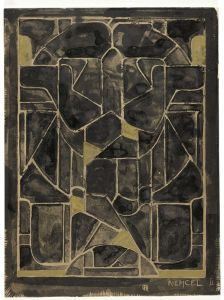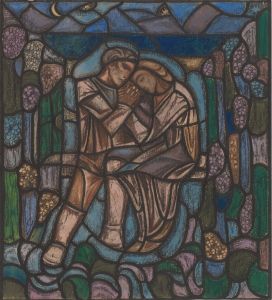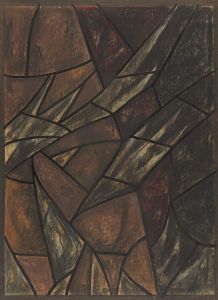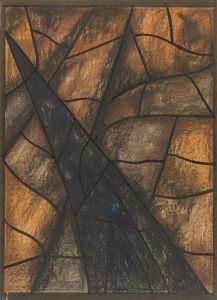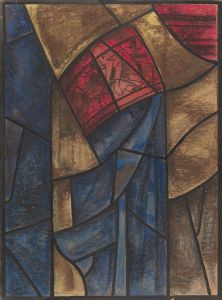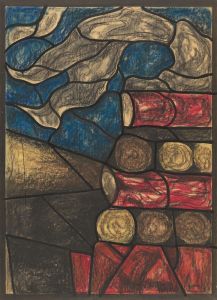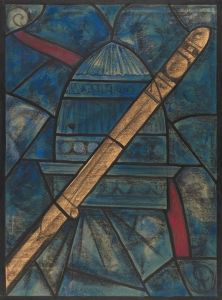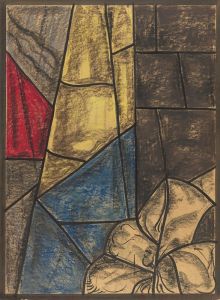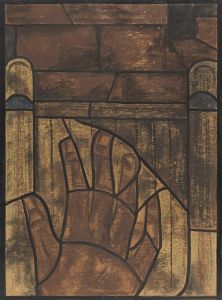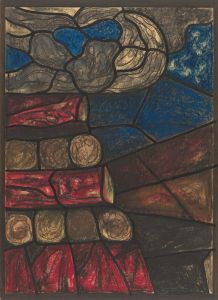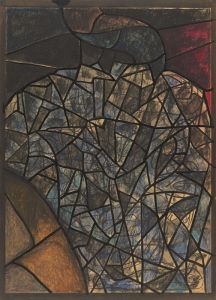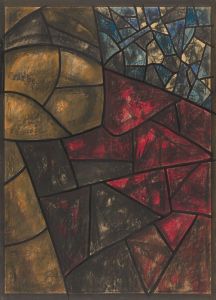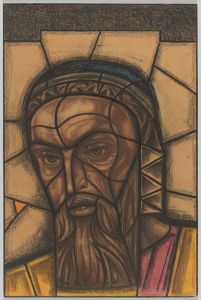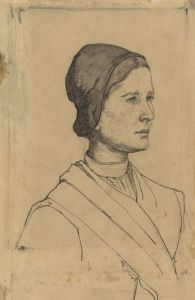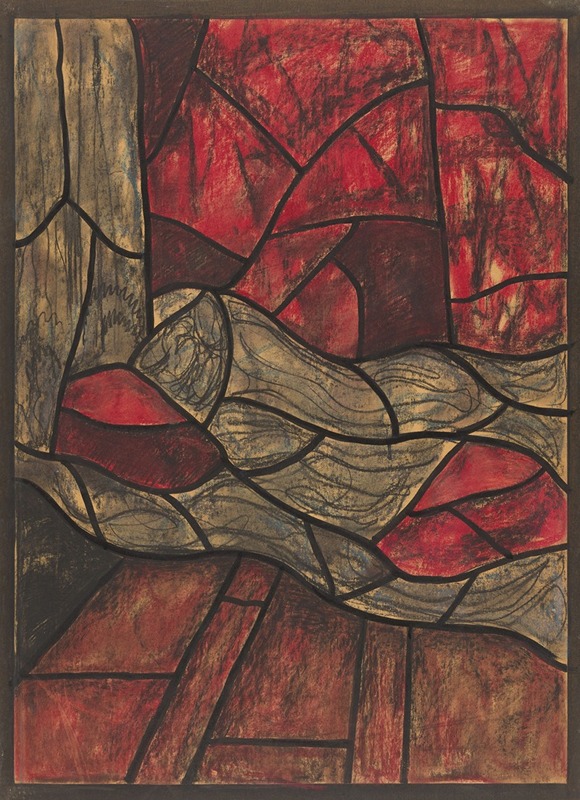
Ontwerp voor raam in het Noordertransept in de Dom te Utrecht 29
A hand-painted replica of Richard Nicolaüs Roland Holst’s masterpiece Ontwerp voor raam in het Noordertransept in de Dom te Utrecht 29, meticulously crafted by professional artists to capture the true essence of the original. Each piece is created with museum-quality canvas and rare mineral pigments, carefully painted by experienced artists with delicate brushstrokes and rich, layered colors to perfectly recreate the texture of the original artwork. Unlike machine-printed reproductions, this hand-painted version brings the painting to life, infused with the artist’s emotions and skill in every stroke. Whether for personal collection or home decoration, it instantly elevates the artistic atmosphere of any space.
Richard Nicolaüs Roland Holst was a prominent Dutch artist known for his contributions to the Arts and Crafts movement in the Netherlands. Born on December 4, 1868, in Amsterdam, he became a significant figure in the Dutch art scene during the late 19th and early 20th centuries. Roland Holst was a versatile artist, working in various mediums including painting, drawing, and stained glass design. His work often reflected his socialist ideals and his commitment to integrating art into everyday life.
One of his notable works is the "Ontwerp voor raam in het Noordertransept in de Dom te Utrecht 29," which translates to "Design for a Window in the North Transept in the Cathedral of Utrecht 29." This piece is a design for a stained glass window intended for the Dom Church in Utrecht, one of the most significant Gothic churches in the Netherlands. The Dom Church, officially known as St. Martin's Cathedral, has been a central place of worship and a landmark in Utrecht since its construction began in the 13th century.
Roland Holst's design for the stained glass window is part of a broader tradition of ecclesiastical art, where stained glass windows serve both a decorative and didactic function, illustrating biblical stories and saints' lives to educate and inspire the congregation. Although specific details about the imagery and themes of this particular window design are not extensively documented, Roland Holst's work in stained glass often incorporated rich symbolism and vibrant colors, characteristic of his style and the Arts and Crafts movement's emphasis on craftsmanship and aesthetic beauty.
Throughout his career, Roland Holst was deeply influenced by his contemporaries and the broader artistic movements of his time. He was associated with the Amsterdamse Joffers, a group of female artists in Amsterdam, and was married to the poet and socialist Henriette Roland Holst, which further influenced his ideological and artistic outlook. His work often reflected a synthesis of artistic beauty and social ideals, aiming to make art accessible and meaningful to the broader public.
In addition to his stained glass designs, Roland Holst was also a respected teacher and served as a professor at the Rijksakademie van Beeldende Kunsten in Amsterdam. His influence extended to a new generation of artists, and his commitment to integrating art into public and private spaces left a lasting legacy in Dutch art and architecture.
While specific details about the "Ontwerp voor raam in het Noordertransept in de Dom te Utrecht 29" are limited, Roland Holst's overall body of work and his contributions to stained glass art remain significant. His designs are celebrated for their intricate detail, vibrant use of color, and the ability to convey complex themes through visual storytelling. His work continues to be studied and appreciated for its artistic merit and its role in the cultural and historical context of the Netherlands.





